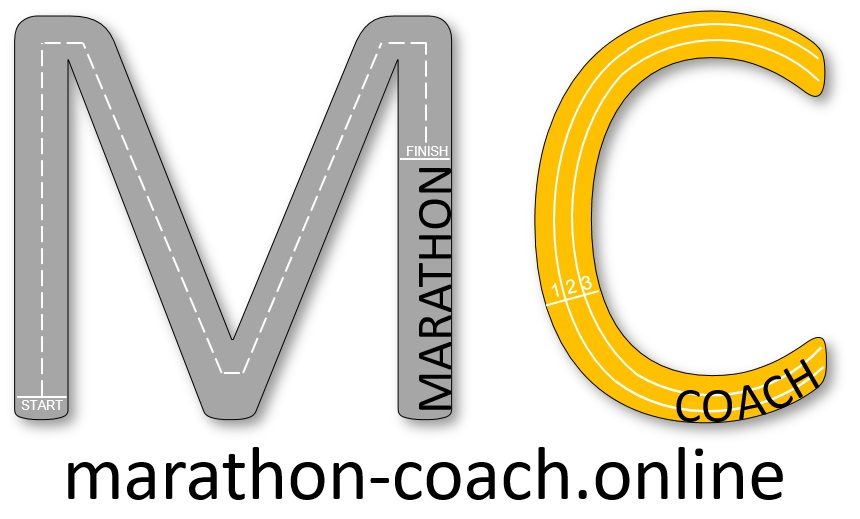Trail running is a type of running activity, based on endurance and practiced in nature. The path usually go up hills or mountains, and runners must be semi or fully self-sufficient with their food and drinks. The trail races consist of one stage or in different stages over many days. In this article, we will go through the history of ultra-trail running.
The origin
USA / England
The origin of trail running are from the USA or England. The US association “The Outdoor Foundation” published back in 2009 a study stating that more than 4.8 Million American are running trail regularly, with a 15% increase from the previous year. In 1995, the British Athletics Association (BAF) recognized trail running and created the Trail Running Association (TRA). They published in May 2001 the first guide with the standards to combine the races. In 1996, in the USA, The American Trail Running Association (ATRA) is promoting trail and mountain running.
Europe
In Europe, especially in France, trail running is in constant progression. Each year, there is an increase in races and number of runners.
Ultra distance
Usually, we associate “ultra” with trail. An ultra-race, is a race distance over the usual marathon distance of 42.195km. On a trail, it is more complex to use “ultra”, because you have to look at the distance, but as well other parameters to evaluate the difficulty of a race to another one. Usually the difficulty is not only about the distance. It is, as well, linked to the difference in altitude (“dénivelé” in French), the technicity of the path, the conditions of the place where the race is happening and finally to the climatic conditions.
Difficulty classification
The French magazine Ultrafondus (UFO) in the edition number 57, March 2009, published a classification of the most difficult races in the world. They used seven parameters to classify the races.
1/ Distance
2/ Total time
3/ Time cut-off Barriers
4/ Autonomy
5/ difference in altitude
6/ weather
7/ path technicity
Barkley Marathon
On the 17 races they shortlisted, at the first place you find the Barkley. This crazy race happens in the Tennessee (USA) over a distance of roughly 100 miles (161 kilometers) with a total difference in height of 53,000 feet (16,000 meters). From the first edition in 1986, until 2020, only 15 runners completed the race. There were no finisher in 2019 and 2018. In 2017, only John Kelly completed the 5 loops in 59:30’53”. The race became famous after the movie “The Barkley Marathons: The Race That Eats Its Young” release on Netflix in 2014.
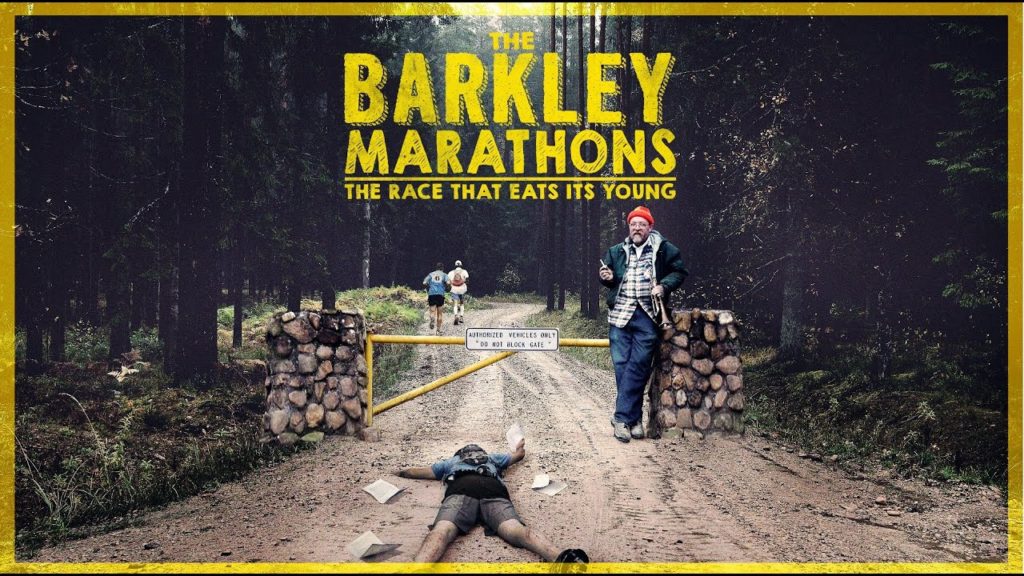
Barkley Marathon, race history
Race History:
from the site : www.mattmahoney.net/barkley/
The Barkley started in 1986 as a 50 miles race, but there were no finishers until 1988. The following year, Rat Jaw was added, bringing the distance to 55 miles and 27.000 feet climb for 3 loops, with a 36 hours cutoff. A 110 mile, 6 loops course was added with a 50 hours cutoff. Nobody ever finished the 110 miler.
…
In 2001, the “hump” was added, bypassing 1/2 mile of easy trail with an additional 240 ft. climb along a ridge north of Mart Fields. Thus, the fun run was increased to 30,720 ft. climb, and the 100 miler increased to 51,200 feet climb. Cutoffs remained the same. Nevertheless, Blake Wood and David Horton finished the 100, this time completing loop 5 in the reverse direction.
At the 16th place of the classification, you can find the 3,100 miles (5,000 kilometers) race in New York. The race consist of running 5649 laps of a building block in the Queens. This race is then less difficult. The huge distance is not as difficult than the terrain and climatic situation of the Barkley.
Comparison between trail running and road running
To give more reference on the difference between mileage and time, you can compare few trail races with road races.
Nick Sharp won the Mont-Blanc Marathon in Chamonix, France (42km and 2,400meters of climb) in 2007 in 3:27′. On the road the current world record by Eliud Kipchoge, in Berlin in 2018, in 2:01′.
Jean-Yves Rey won CCC in Chamonix (98km and 6,100 meters of climb) in 2009 in 11h40′. On the road, the world record by Takahiro Sunada, in Takoro in 1998, in 6:13′.
Kilian Jornet won the UTMB in Chamonix (166km and 9,400 meters of climb) in 2006 in 20:56′. On the road, the world record by Yiannis Kouros, in New York in 1984, in 11:46′.
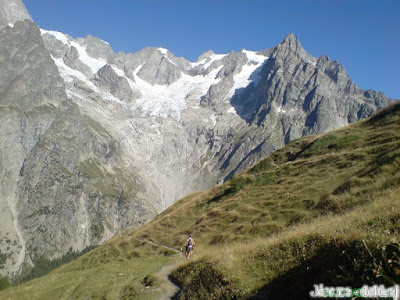
History of ultra-trail running
We all know the story from Herodote about the Greek Phidippides, who in 490 before JC, after the victory of the Greeks at the battle of Marathon against the Perse Empire of Achemenides, ran to Athens to claim the victory. But after a 4 hours run, he could only say Nenikekamen: “We won”, before collapsing on the Agora, just before the Acropole. It is the beginning of the history of ultra-trail running.
During the Athens Olympic in 1986, from an idea from the French Philosophe Michel Breal, the first athletes ran around 40 kilometers.
The distance was fixed only years later in 1921. They used the distance ran during the 1908 London Olympics. The race happened between Windsor Castle and the Royal lodge in the Olympic stadium. The distance was measure precisely: 26 miles and 385 yards or 42.195 kilometers.
Trail running
To come back to trail running, we need to look at races over ultra-distances. Anyway, if we look back more than 100 years ago, and we will not see any asphalted road or synthetic track.
The first recall of endurance races is at the end of the XIX century in the USA. In 1980, more than 75,000 people were witnessing the runners who just ran during six days. At the time, they were big stars and get big prize money for the time standard.
Men always run to travel. Everywhere in the world, the first messengers and traveler were moving by foot. For example at the north of Mexico, in the Chihuahua state, you find the Tarahumara. This people living in the “Barranca del Cobre” is as well-known as the people of light feet. To ensure the communication between villages, they developed the long distance running on technical paths in the Canyon.
We can review the important dates of ultra-running:
1867
Edward Payson, walk between Portland and Chicago. He walked 1,180 miles (1,900 kilometers) in 25 days, followed by a whole nation. It was the creation of the “Pedestriantism” and ultramarathon was born. There was a great rivalry between Payson and a young walker: Daniel O’Leary, a young Irish immigrant. The race consist of a series of 6 days competitions and is like a real world championship of long distance running. running is replacing the walk, in a research to improve the result. The athletes are sleeping less, just few hours each night.
Then the ultra-races continue to evolve with an increase in the number of races and always more specialized.
1879
Fred Hitchborn established the new 6 days record with 565 miles (909 kilometers) and is the first Afro-american sport champion in the USA.
1888
George Littlewood ran a new 6 days record with 623 miles (1,002 kilometers). It will remain a world record for roughly 100 years until Yiannis Kouros.
At the beginning of the XX century, the “Pedestrianism” disappeared, to benefit new sport activities and the automobile races.
1921
In South Africa, they ran the first “Comrades Marathon” to remember the dead soldiers from the First World War. This 56 miles (90 kilometers) race is actually the biggest race in the world. They have to limit the number of runners to 13,000. During Apartheid, it was one of the only race open to all, without distinction for the color of the skin.
1951
French Cyclist in Saint-Etienne and Lyon created a walk between their cities. These 37 miles (60 kilometers) paths was covered during the winter month, when they could not use their bikes. The organizer from CTLyon had to use skis to go through the “monts (hills) du Lyonnais” on the GR7 (Grande Randonnée path).
It took them 2 days to walk these 64 kilometers, with their hiking boots and big backpack. They were sleeping half way in Sainte Catherine. Later, in 1977, the walk is replace by a run and the first athletes were closing the race in 7:30′. In 1978, Michel Delore, won in 5:20′, the first of nine victories. In 2009, more than 10,000 runners joined the Saintelyon (solo or team runners). They ran the 69 kilometers on road and paths, during the night with a start at midnight. The headlamp of the runners is creating a long light snake in the field and forest between Saint-Etienne and Lyon.
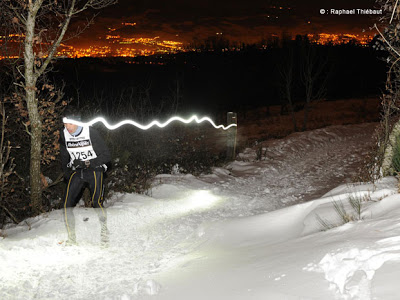
In 2009, Christophe Maladré won the race in 4:52′. There is now more competition in this race. It is generally the last race of the season.
1953
The first ultra-marathon in England, brought runners between London and Brighton. The race was very famous in the fifty’s and sixty’s. We remember Corbitt Ted who ran in 1960. He is the founder of modern ultra-marathon in the USA.
Until this period, the ultras were mainly on roads, but people have always run on paths. From this time, the races moved, as well, to path and mountains.
1964
In Italy, at the French border, the society “Pro Cesana” organize the first “International Alpine Hike”. This 12 miles (20 kilometers) race starts in Claviere (at 5,740feet / 1,750 meters altitude), climb to the top of the Chaberton (at 12,270 feet / 3,130 meters altitude), and finish in Cesana in Italy (at 4,430feet / 1,350 meters altitude). This race was not a solo race but in a team of two. It is safer to hike in the mountain in a group. In the eighties, Marco Olmo was one of the athlete.
1970
The number of ultra-races is increasing, and runners are getting more interested in longer distances. In 1973, you could find 24 hours races in Italy, South Africa and United Kingdom.
1977
The athlete and philosophe Sri Chinmoy created the Sri Chinmoy Marathon Team. Each year, they organize races all over the world. They are the biggest organizer in the world with 20 countries, from 10 kilometers to the longest race in the world (3,100 miles / 4,988 kilometers).
Going back to ultra-trails as we know it today, let’s look at the main races:
Western States

In 1977, the first Western State Endurance Run is created in California, from the Squaw Valley to Auburn on a 100 miles (161 kilometers) path. Fourteen men from four states ran this first Western State. In fact, the race was previously a horse race: the “Tevis Cup Ride”. The race was in full autonomy apart from the water. Only three concluded the race:
– Andy Gonzales (22 years old) in 22:57′
– Peter Mattei (53) and Ralph Pat-Fenbarger (54) in 28:36′
The fastest Western State happened in 2012 and 2019:
– Men: 14:09:28 (2019) Jim Walmsley
– Women: 16:47:19 (2012) Ellie Greenwood
Badwater
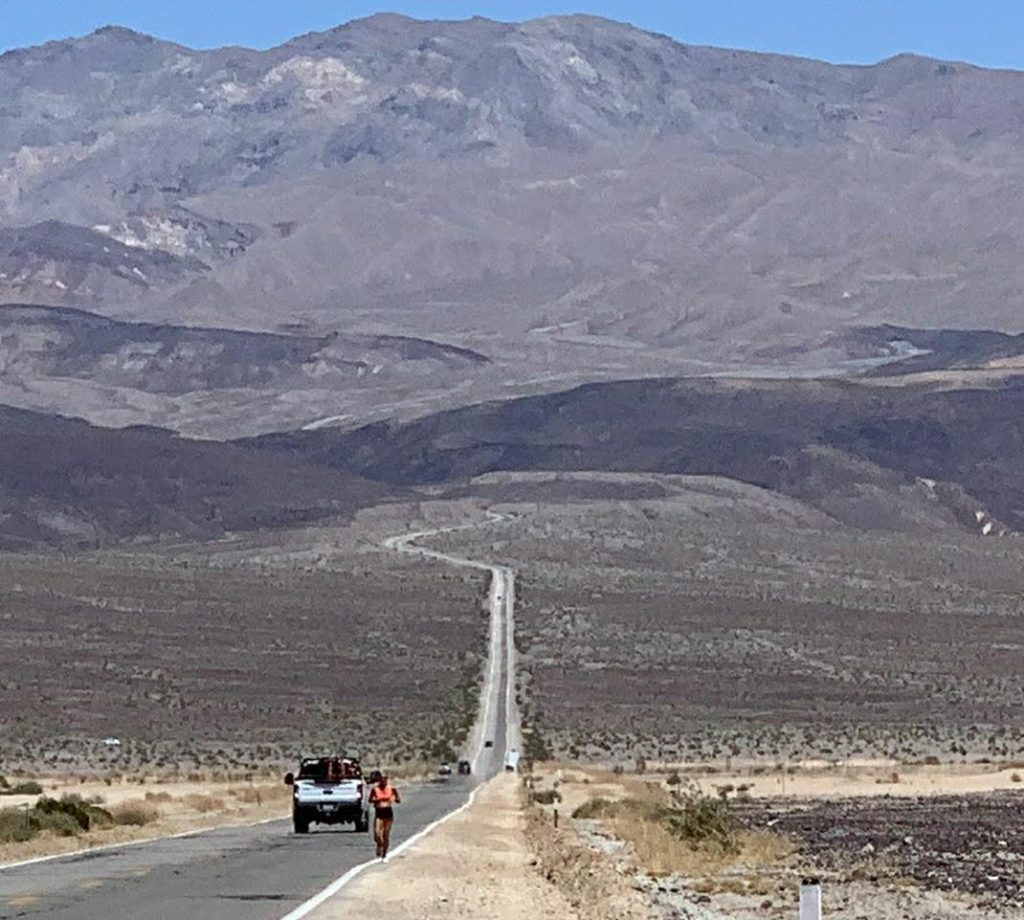
In 1977, Al Arnold created another race between ultra and ultra-trail. He wanted to prove it was possible to cross this desert and was the first one to achieve it. It is the Badwater ultramarathon (www.badwater.com) which is starting at the bottom of the Death Valley (-280 feet / -85 meters altitude) to the Whitney Portal (8,300 feet / 2,530 meters altitude). The route is 135 miles / 217 kilometers long. The principal difficulty of this race is the heat (with temperatures that can reach 130 ˚F / 55 ˚C) and the route monotony (it is a straight road with no curve).
Swiss Alpine Marathon
In Europe, the Swiss Alpine Marathon (swissalpine.ch) was one of the first trail race. It started in 1985 in Davos, Switzerland. They have different distances between 26 miles / 42 kilometers and 48 miles / 78 kilometers, with roughly 7,000 runners.
6000D
In France, they have the biggest number of trail races and runners. In 1989, the 6000D (www.6000D.com) was created in La Plagne. The 37 miles / 60 kilometers path is climbing 10,000 feet / 3,000 meters up to the Bellecôte Glacier.
Diagonale des Fous
On the French Island of La Reunion, in the Indian Ocean is created the the “Diagonale des Fous” (www.grandraid-reunion.com), a famous race for all ultra-trailers. The race started as the “Marche des Cimes” with 77 miles / 125 kilometers before increasing slowly the distance to reach the 100 miles “standard”.
Templiers
In 1995, the “Grande Course des Templiers” is created in Nant, France, and is one of the most competitive race.
Ultra-Trail du Mont Blanc
In 2003, few crazy runners try to run around the Mont Blanc from Chamonix. It was the first of the most famous race Ultra-Trail du Mont-Blanc.
There was the “Super Marathon du Mont Blanc” back in 1987:
An Italian runner died in this race, he was lost in the cold mountain during the night.
Gran Trail Valdigne / Porte Di Pietra
In Italy, the trail running started in 2007 with the Gran Trail Valdigne, in Courmayeur (87 kilometers / 5,100 meters of climb) and the Porte Di Pietra (70 kilometers / 4,000 meters of climb). I was part of the Gran Trail Courmayeur in 2007.
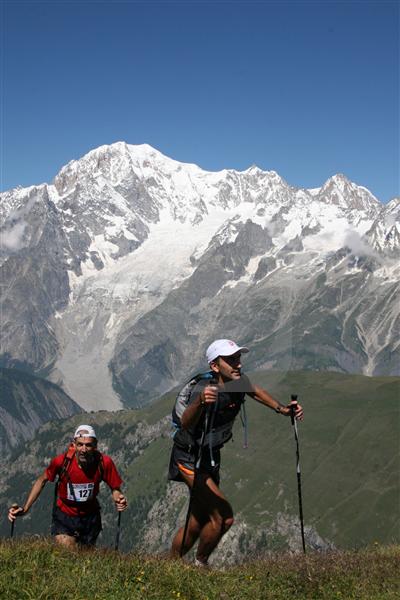
pub
It is difficult to be able to know how many ultra-races are organized each year in the world, even in Europe. There is a good internet site to get an overview of the races and results: Deutsche Ultramarathon Vereinigung.
Manifesto Trail
In 2008, Italian organizers met in order to create the “manifesto trail“, with indications to help organizers and runners:
Manifesto Trail
1/ 90% of the route need to be on natural path
2/ the trail has a important climb, technical path or challenging climatic conditions
3/ The race are in semi or complete autonomy
4/ There is no prize money
5/ There should be limited impact on the environment
6/ Runners who litter are disqualified
7/ no plastic cup at the aid station
8/ organizer need to communicate the technical difficulties to the runners
9/ Cut-off times will ensure safety of the runners
10/ limit the number of runners to preserve the environment
11/ accept only runners who can complete the route
12/ each runner need to help other runners injured
Conclusion
During the last ten years, the distances are increasing and we see many 200 miles races. In Italy the TOR des Geants in the Aosta Valley, and in the USA with the Tahoe 200 miles.
In conclusion, it was a brief overview of the history of ultra-trail running. If you have not tried yet, you should join a trail race to go out of the usual road / track.
